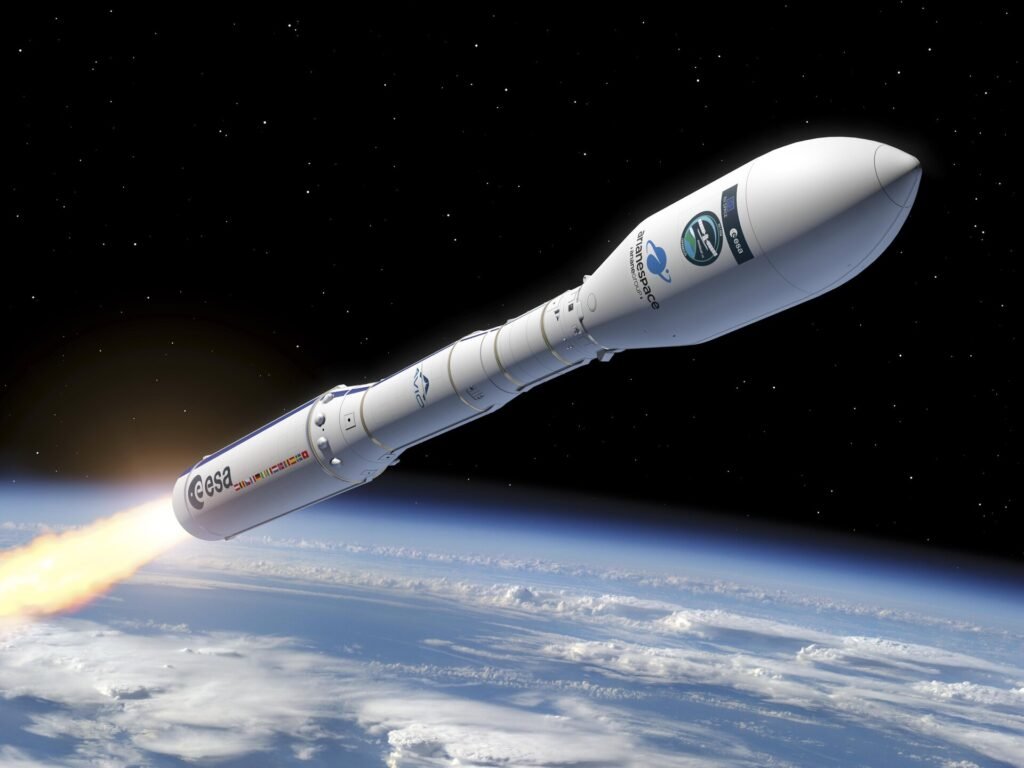In the silent expanse of space, two sentinel siblings, Sentinel-1A and Sentinel-1B, orbited Earth in unison, their paths perfectly aligned but separated by 180°. They were more than satellites; they were Earth’s watchful guardians, born from the Copernicus family, the EU’s cornerstone Earth observation program. Their mission was to peer into the unseen, capturing Earth’s every heartbeat, day or night, rain or shine.
Equipped with advanced radar vision, the Sentinel-1 mission carried a powerful C-band synthetic aperture radar (SAR) instrument. This extraordinary technology allowed the Sentinels to see through clouds and darkness, imaging Earth’s surface with precision. The SAR operated in multiple modes, including wide swath and high-resolution, unveiling critical details such as land subsidence, ice movements, and ocean dynamics. Its capabilities were especially vital during disasters, offering rapid insights into floods, landslides, and oil spills—essential for humanitarian and environmental response teams.
Yet, in August 2022, Sentinel-1B faltered. A technical fault silenced its radar, and its mission came to an end. Guided gracefully out of orbit, it left a void in Earth’s celestial shield. But the Copernicus family was resilient. A new star was waiting to rise—Sentinel-1C.
Sentinel-1C was not just a replacement but an evolution. Joining Sentinel-1A, it promised to restore the mission’s full potential and more. Alongside its SAR instrument, Sentinel-1C carried a revolutionary Automatic Identification System (AIS), developed by the International Maritime Organisation. The AIS gave ships a digital voice, assigning each vessel a unique ID and tracking its real-time position, speed, and direction. This technology created a dynamic map of global shipping traffic, ensuring safer seas even in remote areas beyond the reach of land-based radar.
By combining high-resolution radar imagery with AIS signals, Sentinel-1C could monitor vast ocean regions in real-time. It identified vessels, tracked their movements, and even detected piracy activities—a critical tool for international organisations and shipping companies safeguarding global trade routes.
With Sentinel-1C joining the constellation, the Sentinel family regained its strength. As Sentinel-1D prepared to replace Sentinel-1A the following year, the legacy of radar vision for Copernicus would continue—a story of innovation, resilience, and an unwavering commitment to understanding and protecting the world we call home.
1) ESA – Watch live: Vega-C to launch Sentinel-1C

AirData Hub aims to support the Copernicus Atmosphere Monitoring Service (CAMS) National Collaboration Programme in achieving optimal utilization of CAMS products at the national level.
Navigation
Find us on
ADDRESS
82 Franklin Roosevelt, 3012,
Lemesos, Cyprus
TELEPHONE
+357 25002908

Copyright © 2024 – Eratosthenes Center of Excellence
